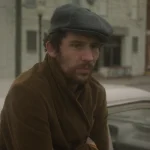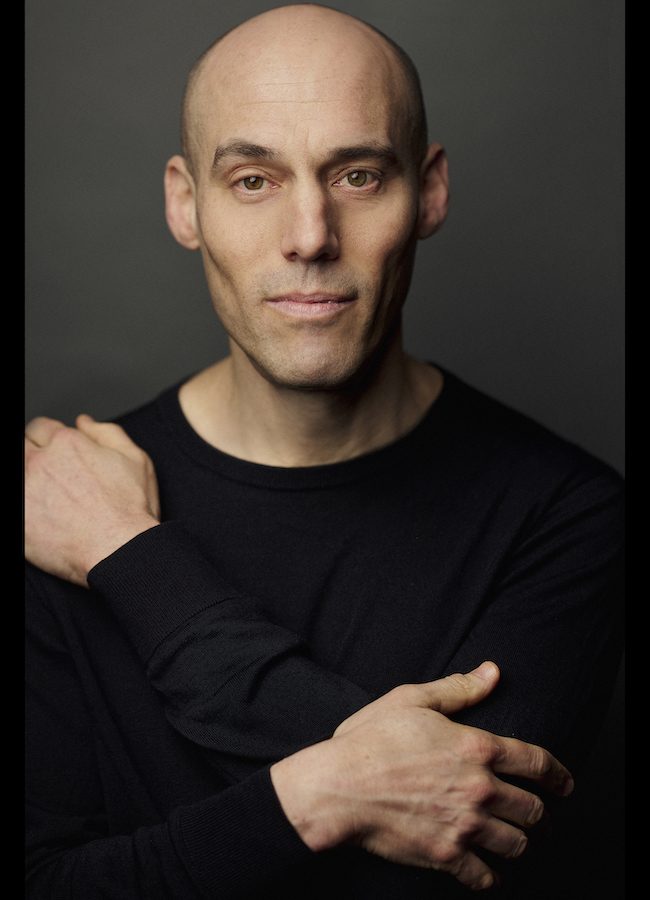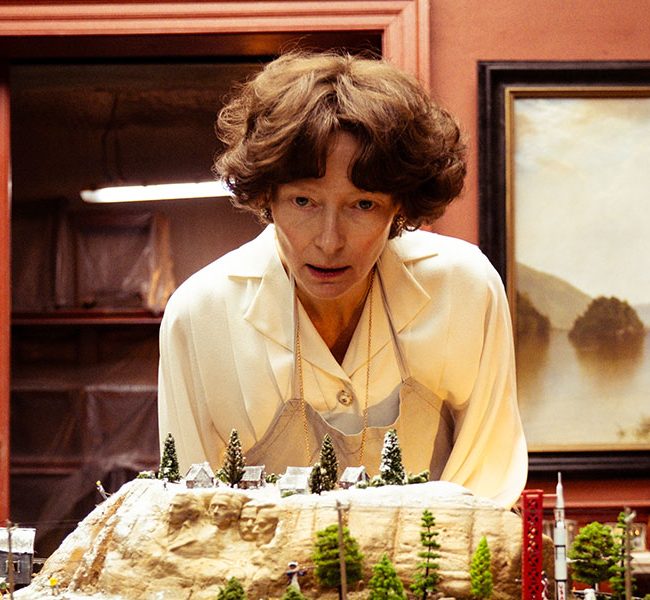HOT DOCS 2013: Is This A New Golden Age?
Maybe there’s a debate going on about whether we are, in fact, in the midst of a “documentary renaissance,” but the answer seemed self-evident at the 20th annual Hot Docs, that sprawling all-nonfiction festival that serves as a deliberately inclusive snapshot of current documentary culture. Among the many, many (perhaps too many?) titles, viewers could find social issue examinations, subculture portraits, character studies, or whatever style of documentary that excited them. It was all there. Quantity doesn’t equal a renaissance, of course, but for those looking for bold, formally inventive cinema, Hot Docs had plenty of that, too.
There was definitely a lot of conventional (if fun) fare, like The Manor and Shooting Bigfoot, but with the festival featuring some of the best films out there, including The Last Station, These Birds Walk, Cutie and the Boxer, Fuck For Forest, Aatsinki, Let the Fire Burn, and The Expedition To The End Of The World (though surprisingly not the buzzed-about Sleepless Nights), plus retrospectives and special screenings of classics like The War Room, Seventeen, Convento, and the films of Les Blank, Hot Docs 2013 was particularly jammed-packed with exciting cinematic nonfiction. The programming team (led by Director of Programming Charlotte Cook) knows how to build a festival. The venues were chapels to movies, with perfect projection at every turn, and the late night karaoke was epic. There was, in short, a lot to love about this edition of Hot Docs, and what I learned combing though my (highly selective and almost entirely American) batch of films told me plenty about where we stand in documentary.
The question of whether we are in a “golden age” of documentary is ridiculous, of course. Every generation is prone to this type of hyperbole. But here are the plain facts: there have never been so many filmmakers pushing the boundaries of nonfiction form at the same time. These may not all be perfect films, but there’s no denying the underlying energy at work. And there are simply many more good films than ever before. Maybe we should call our era The Great Documentary Expansion.
What I care about as viewer, filmmaker and reviewer is cinematic storytelling and this is what I saw:
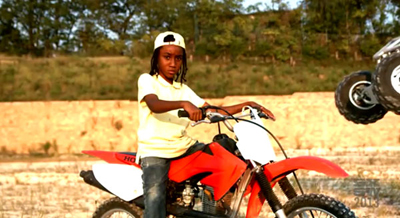 12 O’Clock Boys (Lotfy Nathan, 76m) — Among the most thrilling films at the festival, Lotfy Nathan’s debut is an energetic ode to the pull of social rebellion. Political at its core, the film tells the story of a boy named Pug’s restless quest to join a group of outlaw street motorbike riders that torment Baltimore’s police with their artful (and dangerous) mayhem. A rare mix of fun and substance, 12 O’Clock Boys is tightly edited and wild at the same time, brilliantly mixing a first-person character story of the undeniably charismatic Pug with a broader portrait of a subculture and its discontents. Nathan clearly glorifies the riders while still placing their illegal actions in a broader context, never falling into the clichés of many issue-oriented films. With an urgent, nervous energy, which comes, primarily, from the jittery/searching camera, the movie brings the desperation and danger of Baltimore’s social unrest to life. Sure it feels like a first film, but like many great bands’ debut records, the raw force is what counts.
12 O’Clock Boys (Lotfy Nathan, 76m) — Among the most thrilling films at the festival, Lotfy Nathan’s debut is an energetic ode to the pull of social rebellion. Political at its core, the film tells the story of a boy named Pug’s restless quest to join a group of outlaw street motorbike riders that torment Baltimore’s police with their artful (and dangerous) mayhem. A rare mix of fun and substance, 12 O’Clock Boys is tightly edited and wild at the same time, brilliantly mixing a first-person character story of the undeniably charismatic Pug with a broader portrait of a subculture and its discontents. Nathan clearly glorifies the riders while still placing their illegal actions in a broader context, never falling into the clichés of many issue-oriented films. With an urgent, nervous energy, which comes, primarily, from the jittery/searching camera, the movie brings the desperation and danger of Baltimore’s social unrest to life. Sure it feels like a first film, but like many great bands’ debut records, the raw force is what counts.
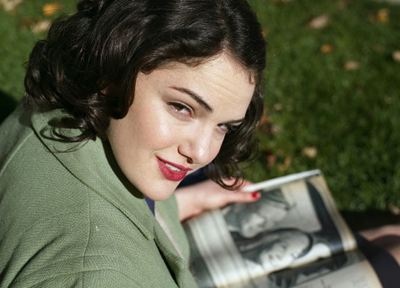 Teenage (Matt Wolf, 80m) — A dreamy child of both Adam Curtis and Ken Burns—as well as a deconstruction of both—Matt Wolf’s long-awaited nonfiction feature follow-up to the great Wild Combination: A Portrait of Arthur Russell traces the rise of the concept of the teenager from the turn of the 20th century to the end of WWII. The way it tells its story is the film’s most exciting aspect; recreations are nothing new and actor-as-character voice over can be seen in television docs all the time, but Wolf uses these methods not to feign authenticity but to create a psychological portrait of adolescence itself. It never really changes gears until the last scene, but perhaps that’s the point. The film is as frustrating and alluring as the teenagers it romanticizes.
Teenage (Matt Wolf, 80m) — A dreamy child of both Adam Curtis and Ken Burns—as well as a deconstruction of both—Matt Wolf’s long-awaited nonfiction feature follow-up to the great Wild Combination: A Portrait of Arthur Russell traces the rise of the concept of the teenager from the turn of the 20th century to the end of WWII. The way it tells its story is the film’s most exciting aspect; recreations are nothing new and actor-as-character voice over can be seen in television docs all the time, but Wolf uses these methods not to feign authenticity but to create a psychological portrait of adolescence itself. It never really changes gears until the last scene, but perhaps that’s the point. The film is as frustrating and alluring as the teenagers it romanticizes.
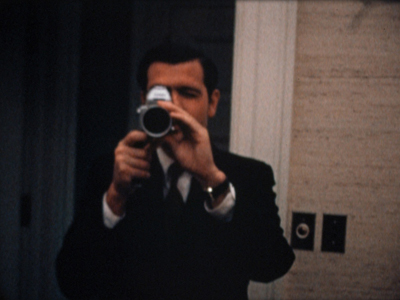 Our Nixon (Penny Lane, 85m) — A different kind of psychological portrait, Penny Lane’s Our Nixon eschews big history for character study in revealing the men that ran the country through a time of cultural revolution and ended up bringing down their own empire. Ostensibly a home movie from the perspective of Nixon’s top two aides, and comprised entirely of sourced material, the film creates a patchwork and revealing sketch of male relationships under duress through a string of startling insights caught on film and tape. Nixon the man emerges more fully human than ever before, though he appears primarily as a voice on the other end of a phone or a lumbering, smiling figure in the background. Lane and co-producer Brian Frye follow their own interests in these men and the idiosyncratic approach yields something far more human and universal.
Our Nixon (Penny Lane, 85m) — A different kind of psychological portrait, Penny Lane’s Our Nixon eschews big history for character study in revealing the men that ran the country through a time of cultural revolution and ended up bringing down their own empire. Ostensibly a home movie from the perspective of Nixon’s top two aides, and comprised entirely of sourced material, the film creates a patchwork and revealing sketch of male relationships under duress through a string of startling insights caught on film and tape. Nixon the man emerges more fully human than ever before, though he appears primarily as a voice on the other end of a phone or a lumbering, smiling figure in the background. Lane and co-producer Brian Frye follow their own interests in these men and the idiosyncratic approach yields something far more human and universal.
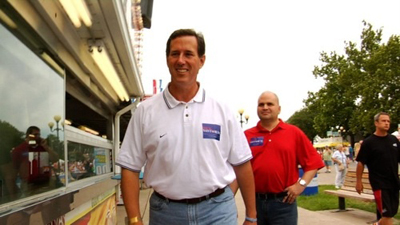 Caucus (AJ Schnack, 109m) — Another humanizing portrait of the American right, Caucus was obviously made with a mind to the great tradition of campaign documentaries (including Primary and The War Room, among many others), but it remains an original and exciting film. Director AJ Schnack and his partner Nathan Truesdell (with a last minute assist from the Ross Bros.) have created a political portrait so full of empathy and clarity that it’s almost difficult to remember that these people are (politically) nuts. Choosing the clown car circus of the 2012 Republican Iowa Caucus, which included such made-for-mocking characters as Bachmann, Cain, Gingrich and Perry, Schnack could have easily made a trashy comedy for arthouse audiences to enjoy a good snicker (though there are plenty of laughs). He also could have simply humanized these characters for humanization’s sake, which would have been equally boring. What emerges instead is a portrait full of wry, delicate, and affecting observations about these strange creatures that run for office, creatures which happen to be fully human. The way political performance is subtly transformed into documentary performance is most clear in the film’s surprising front man, the shockingly lovable Rick Santorum. Brace yourself: you will root for him to win.
Caucus (AJ Schnack, 109m) — Another humanizing portrait of the American right, Caucus was obviously made with a mind to the great tradition of campaign documentaries (including Primary and The War Room, among many others), but it remains an original and exciting film. Director AJ Schnack and his partner Nathan Truesdell (with a last minute assist from the Ross Bros.) have created a political portrait so full of empathy and clarity that it’s almost difficult to remember that these people are (politically) nuts. Choosing the clown car circus of the 2012 Republican Iowa Caucus, which included such made-for-mocking characters as Bachmann, Cain, Gingrich and Perry, Schnack could have easily made a trashy comedy for arthouse audiences to enjoy a good snicker (though there are plenty of laughs). He also could have simply humanized these characters for humanization’s sake, which would have been equally boring. What emerges instead is a portrait full of wry, delicate, and affecting observations about these strange creatures that run for office, creatures which happen to be fully human. The way political performance is subtly transformed into documentary performance is most clear in the film’s surprising front man, the shockingly lovable Rick Santorum. Brace yourself: you will root for him to win.
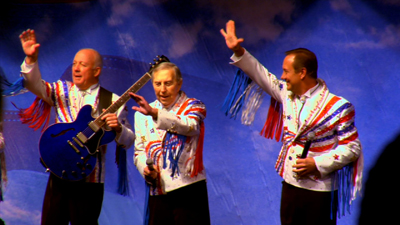 We Always Lie To Strangers (AJ Schnack and David Wilson, 109m) — As big-hearted, generous and ambitious as its characters, We Always Lie To Strangers gets deep in the mud with the good people of Branson, MO. Co-directors AJ Schnack (with his second film in the festival) and David Wilson, along with producer Nathan Truesdell, are aiming for nothing short of a Grand Portrait of America while tracking the fortunes of a few family-run/family-oriented shows in what has been called the “Las Vegas of the Midwest.” Not every sentence is a masterpiece in this great American novel, but the outsized ambitions of the film parallel the desires and dreams of those it centers its stories on. A viewer feels Branson through every frame. A little akin to visiting family, with all the exhausting emotion that entails, We Always Lie To Strangers strikes its most anthemic chords in its multiple encores-like ending. The show is about love; tell your friends to stop on by.
We Always Lie To Strangers (AJ Schnack and David Wilson, 109m) — As big-hearted, generous and ambitious as its characters, We Always Lie To Strangers gets deep in the mud with the good people of Branson, MO. Co-directors AJ Schnack (with his second film in the festival) and David Wilson, along with producer Nathan Truesdell, are aiming for nothing short of a Grand Portrait of America while tracking the fortunes of a few family-run/family-oriented shows in what has been called the “Las Vegas of the Midwest.” Not every sentence is a masterpiece in this great American novel, but the outsized ambitions of the film parallel the desires and dreams of those it centers its stories on. A viewer feels Branson through every frame. A little akin to visiting family, with all the exhausting emotion that entails, We Always Lie To Strangers strikes its most anthemic chords in its multiple encores-like ending. The show is about love; tell your friends to stop on by.
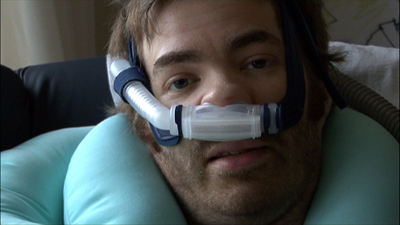 I Am Breathing (Emma Davie and Morag McKinnon, 73m) — Essentially a home movie about one man’s death, with all the aesthetic looseness that implies, Emma Davie and Morag McKinnon’s I Am Breathing is nonetheless an emotional wrecking ball of a little film. Dying of the same disease that killed his father—Motor Neurone Disease (MND/ALS)—Neil Platt decides to write a blog about his experiences and share his thoughts and most intimate treasures with his baby son, all despite the fact that he can’t move his body or, eventually, his mouth to form words. His wife is by his side the whole time, eating food that has fallen from his plate, dutifully being his companion, nurse, translator. They remain a beautifully human couple until the end. The camera feels present throughout, a friend and sounding board for a still-sharp mind. The film is uneven, sometimes even strange, but it works as a courageous act of cinema because the camera never turns away (and when it does, Neil demands it stay focused). A little boy will grow up to appreciate this film very much.
I Am Breathing (Emma Davie and Morag McKinnon, 73m) — Essentially a home movie about one man’s death, with all the aesthetic looseness that implies, Emma Davie and Morag McKinnon’s I Am Breathing is nonetheless an emotional wrecking ball of a little film. Dying of the same disease that killed his father—Motor Neurone Disease (MND/ALS)—Neil Platt decides to write a blog about his experiences and share his thoughts and most intimate treasures with his baby son, all despite the fact that he can’t move his body or, eventually, his mouth to form words. His wife is by his side the whole time, eating food that has fallen from his plate, dutifully being his companion, nurse, translator. They remain a beautifully human couple until the end. The camera feels present throughout, a friend and sounding board for a still-sharp mind. The film is uneven, sometimes even strange, but it works as a courageous act of cinema because the camera never turns away (and when it does, Neil demands it stay focused). A little boy will grow up to appreciate this film very much.
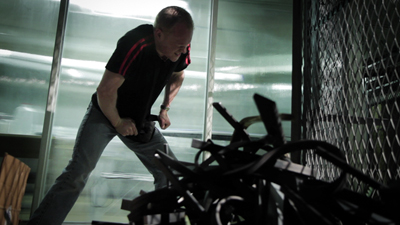 Bending Steel (Dave Carroll, 93m) — The mere fact that more people aren’t talking about this straight-forward, totally enthralling, character-driven portrait of one man’s battle against a steel bar and himself is somehow proof to me that we’re in a special time for documentary filmmaking. If this film came out five years ago it would seem like a miracle; now it’s one of many utterly watchable, story-driven, image-based pieces of affecting nonfiction cinema. Director Dave Carroll and producer Ryan Scafuro stay almost as single-mindedly focused as their lovable strongman, Chris “Wonder” Schoeck, while eschewing artificial drama for a tough, sincere pathos. The film patiently builds to its stirring climax, where it features (like many of the best nonfiction films) a performance of self that bends “reality” to “movieness,” subtly questioning both. Being on stage becomes simultaneously a metaphor for freeing oneself from a past and for starring in a documentary about one’s life.
Bending Steel (Dave Carroll, 93m) — The mere fact that more people aren’t talking about this straight-forward, totally enthralling, character-driven portrait of one man’s battle against a steel bar and himself is somehow proof to me that we’re in a special time for documentary filmmaking. If this film came out five years ago it would seem like a miracle; now it’s one of many utterly watchable, story-driven, image-based pieces of affecting nonfiction cinema. Director Dave Carroll and producer Ryan Scafuro stay almost as single-mindedly focused as their lovable strongman, Chris “Wonder” Schoeck, while eschewing artificial drama for a tough, sincere pathos. The film patiently builds to its stirring climax, where it features (like many of the best nonfiction films) a performance of self that bends “reality” to “movieness,” subtly questioning both. Being on stage becomes simultaneously a metaphor for freeing oneself from a past and for starring in a documentary about one’s life.
Do these films make a renaissance? That’s probably a stretch. But I’m still excited. Besides the films mentioned and reviewed here, 2013 will see the theatrical release of such notable nonfiction as Leviathan, The Act of Killing, and Stories We Tell, among others. That’s a lot of passionate innovation, for any era. As one of the biggest documentary film festivals in the world, Hot Docs can’t help but be seen as a barometer for Where We Are Now. Sometime in the middle of Bill and Turner Ross’ River, which was screening for the first (and likely only) time, it dawned on me: I don’t really care about labeling our era a new golden age. I just want to make and watch movies that matter. It seems like we’re doing just that.
— Robert Greene



